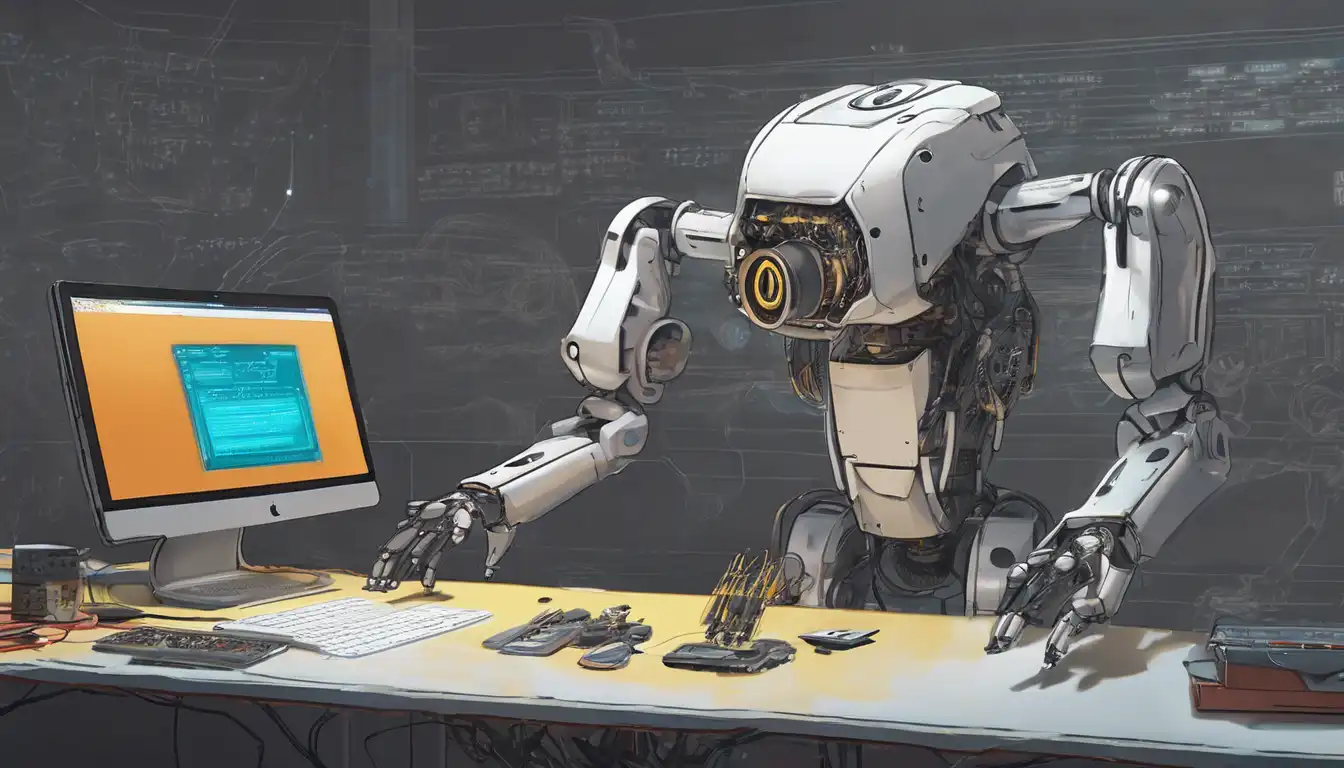Introduction to Robotics Programming
Robotics programming is an exciting field that combines the creativity of software development with the physical world of robots. Whether you're a hobbyist looking to build your first robot or a professional aiming to enhance your skills, understanding the basics of robotics programming is essential. This guide will walk you through the foundational steps to get started in robotics programming, from selecting the right tools to writing your first lines of code.
Choosing the Right Robotics Platform
Before diving into programming, it's crucial to select a robotics platform that matches your skill level and project goals. Popular options include Arduino for beginners and Raspberry Pi for those with a bit more experience. Both platforms offer a wide range of sensors and actuators, making them ideal for a variety of projects.
Understanding the Basics of Robotics Programming
Robotics programming involves writing code that controls how a robot interacts with its environment. This can range from simple tasks, like moving forward and backward, to complex behaviors, such as navigating obstacles or recognizing objects. Key programming languages for robotics include Python, C++, and Java, each offering unique advantages for different types of projects.
Setting Up Your Development Environment
Once you've chosen your platform and programming language, the next step is to set up your development environment. This typically involves installing the necessary software tools, such as the Arduino IDE for Arduino projects or the ROS (Robot Operating System) for more advanced robotics applications.
Writing Your First Robotics Program
With your environment ready, you can start writing your first robotics program. Begin with something simple, like making an LED blink or a motor turn. These basic projects will help you understand the fundamentals of robotics programming, including how to send commands to hardware components and read sensor data.
Exploring Advanced Robotics Programming Concepts
As you become more comfortable with the basics, you can explore advanced concepts such as PID control for precise motor movements, computer vision for object recognition, and machine learning for autonomous decision-making. These topics will open up a world of possibilities for your robotics projects.
Resources for Learning Robotics Programming
There are countless resources available for learning robotics programming, from online tutorials and courses to community forums and maker spaces. Engaging with the robotics community can provide valuable insights and inspiration for your projects.
Conclusion
Robotics programming is a rewarding skill that combines creativity, problem-solving, and technical expertise. By starting with the basics and gradually tackling more complex projects, you can unlock the full potential of robotics technology. Remember, the key to success in robotics programming is practice and persistence, so don't be afraid to experiment and learn from your mistakes.
For more information on getting started with robotics, check out our guide to choosing robotics kits and top programming languages for robotics.
